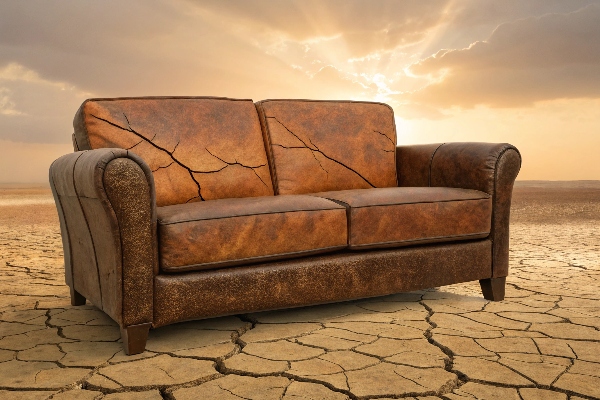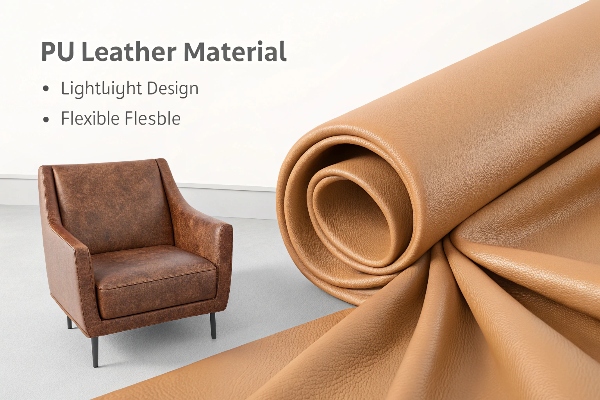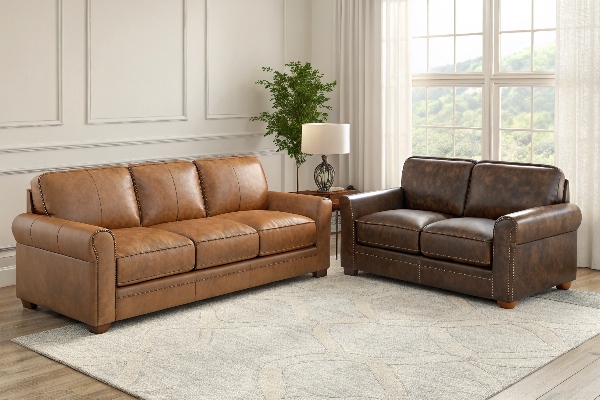I see many buyers thrilled by the low price of PU leather, yet worried about hidden pitfalls. Let me unpack both sides.
PU leather is a polyurethane-coated fabric that looks like animal hide but costs less, weighs less, and avoids animal use. It resists water, cleans easily, and can mimic almost any grain, though it may age faster than real leather.

You now know the basic trade-offs, but each benefit and drawback deserves a closer look. Keep reading, and you will be able to judge PU leather with confidence.
What Is the Disadvantage of PU Leather?
Cost savings tempt us, yet early cracking can ruin the joy and force replacements.
The key downside of PU leather is its shorter durability window; the plastic surface can peel, crack, and lose color when exposed to heat, sunlight, or heavy flexing.

Digging Into the Weak Points of PU Leather
1. Surface Structure
PU starts with a textile base—often polyester—then receives a thin polyurethane layer. This coating cannot self-heal like animal hide. Once micro-cracks form, moisture slips in, lifts the film, and peeling spreads.
2. Environmental Stress
Direct sun, high humidity, and sweat accelerate hydrolysis. I saw car seats in Dubai peel in twelve months because cabin heat pushed the polymer past its softening point.
3. Chemical Limits
Alcohol wipes strip topcoats; harsh detergents break polymer chains. Simple soap works, yet many cleaners used by hotels are too strong.
| Risk Factor | Resulting Damage | Prevention Tip |
|---|---|---|
| UV rays | Fading, brittleness | Add UV blockers or use sunshades |
| Heat > 60 °C | Peeling | Ventilate cars, avoid heaters |
| Sweat / pH | Hydrolysis | Wipe with damp cloth, dry fast |
| Alcohol | Topcoat loss | Mild soap only |
Despite these flaws, smart handling can double the service life. I guide clients to pick thicker coatings and add anti-yellowing agents when climate demands it.
Is PU Leather Worth Buying?
Cheap often signals low value, yet a planned purchase can give great returns.
PU leather is worth buying when you need cruelty-free material, light weight, and design flexibility at a tight budget, and you can accept a five-to-seven-year lifespan rather than decades.

When the Math Works in PU Leather’s Favor
1. Price-Performance Ratio
A meter of mid-grade PU for upholstery costs 30–40 % of real leather. For a café owner replacing seat covers every five years anyway, PU cuts capital outlay sharply.
2. Design Freedom
Embossing plates and print films let me push wild patterns—metallic, holographic, camouflage—impossible on natural hide. Fashion bag brands ride quick trends without risking unused stock.
3. Animal Ethics and Regulations
Many global retailers now ban exotic skins. PU meets vegan standards and passes REACH and California Prop 65 if produced with low-VOC solvents.
| Scenario | Real Leather Cost | PU Leather Cost | Recommended Choice |
|---|---|---|---|
| Luxury sofa | High | Medium | Real leather for prestige |
| Fast-turnover sneakers | Medium | Low | PU for trend cycles |
| Electric vehicle dash | High | Medium | PU for weight, vegan |
So yes, PU leather makes sense when design speed, cost, or ethics outrank heritage longevity.
What Is the Lifespan of PU Leather?
Some expect decades, yet polymer limits cap the timeline.
Under normal indoor use, mid-grade PU leather lasts about five to seven years before visible peeling, while premium solvent-free PU can stretch to ten with careful care.

Factors That Stretch or Shrink PU Life
1. Coating Thickness and Chemistry
Water-borne PU with 0.5 mm coating resists hydrolysis better than 0.2 mm solvent PU. I often specify ≥0.4 mm for automotive seats.
2. Usage Intensity
Office chairs endure constant flexing; handbags rest idle. Flex cycles correlate directly with cracking onset.
3. Maintenance Routine
Weekly wipe-downs and neutral pH cleaners slow aging. Neglect lets body oils and dust break the topcoat.
| PU Grade | Coating mm | Expected Years | Ideal Application |
|---|---|---|---|
| Entry | 0.2–0.3 | 3–5 | Promotional bags |
| Mid | 0.3–0.5 | 5–7 | Home sofas |
| Premium | 0.5–0.8 | 8–10 | Car interiors |
With proper spec and care, PU meets most commercial refresh cycles, though it will not rival the 30-year charm of full-grain hide.
Does PU Leather Rip Easily?
Fear of sudden tears stops many buyers, yet real-world data helps.
PU leather does not rip easily under straight tension; the polyester base fabric holds strong. Problems arise when the surface cracks first, then delamination spreads, making it look torn.

Understanding Tear Strength Versus Peeling
1. Textile Backbone
Most PU uses 150D or 300D woven polyester backing with tear strength above 20 N. I tested samples that survived 25 N on an Elmendorf machine—comparable to split leather.
2. Edge Cuts
A knife nick bypasses the coating and fabric weave. Once a cut exists, stress concentrates there. Rounded corners on cushions reduce this issue.
3. Layer Separation
When top film peels, users often confuse it with ripping. The fabric stays intact, but visual damage appears severe.
| Test Method | Real Leather (split) | PU Leather | Outcome |
|---|---|---|---|
| Tear (N) | 15–25 | 18–28 | Similar |
| Flex (1,000 cycles) | Surface cracks | Minor cracks | Better with thicker PU |
| Seam strength (N/5 cm) | 200–250 | 180–220 | Close |
In my projects, properly stitched PU seat covers with reinforced seams show no tearing in daily use, though peeling may call for re-upholstery earlier.
Conclusion
PU leather offers budget, design, and ethical wins while sacrificing long-term aging. Choose the grade, care, and use case wisely, and it will serve well within its natural lifespan.
